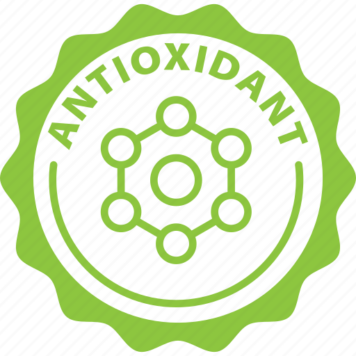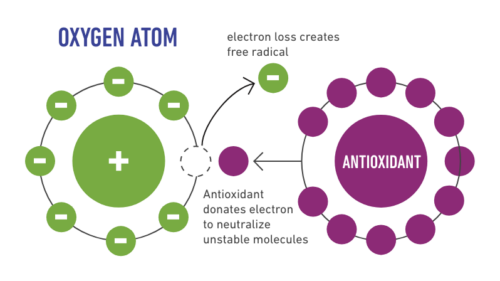A bioluminescent assay based on a system of coupled enzymatic reactions catalyzed by bacterial luciferase and NADH:FMN-oxidoreductase was developed to monitor toxicity and antioxidant activity of bioactive compounds. The assay enables studying toxic effects at the level of biomolecules and physicochemical processes, as well as determining the toxicity of general and oxidative types. Toxic and detoxifying effects of bioactive compounds were studied. Fullerenols, perspective pharmaceutical agents, nanosized particles, water-soluble polyhydroxylated fullerene-60 derivatives were chosen as bioactive compounds. Two homologous fullerenols with different number and type of substituents, C60#nbsp;O2-4#nbsp;(OH)20-24#nbsp;and Fe0.5#nbsp;C60#nbsp;(OH)#nbsp;x#nbsp;Oy#nbsp;(x + y = 40-42), were used. They suppressed bioluminescent intensity at concentrations >0.01 g L-1#nbsp;and >0.001 g L-1#nbsp;for C60#nbsp;O2-4#nbsp;(OH)20-24#nbsp;and Fe0.5#nbsp;C60#nbsp;(OH)x#nbsp;Oy#nbsp;, respectively; hence, a lower toxicity of C60#nbsp;O2-4#nbsp;(OH)20-24#nbsp;was demonstrated. Antioxidant activity of fullerenols was studied in model solutions of organic and inorganic oxidizers; changes in toxicities of general and oxidative type were determined; detoxification coefficients were calculated. Fullerenol C60#nbsp;O2-4#nbsp;(OH)20-24#nbsp;revealed higher antioxidant ability at concentrations 10-17#nbsp;-10-5#nbsp;g L-1#nbsp;. The difference in the toxicity and antioxidant activity of fullerenols was explained through their electron donor/acceptor properties and different catalytic activity. Principles of bioluminescent enzyme assay application for evaluating the toxic effect and antioxidant activity of bioactive compounds were summarized and the procedure steps were described.
Related researches 23 articles























